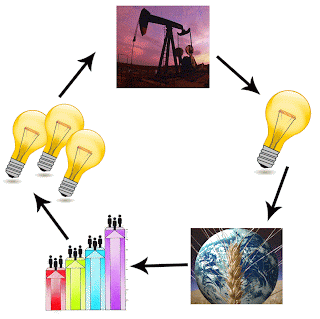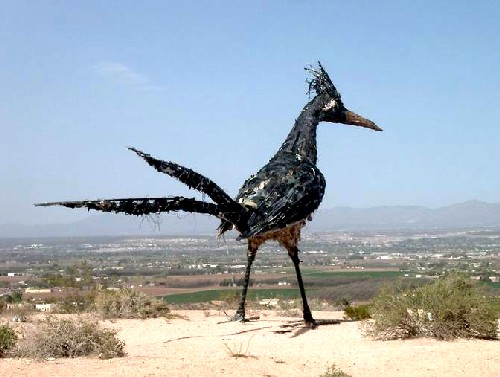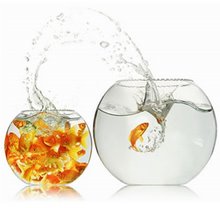 I am obsessed with the thought of self-reinforcing feedback loops. The most basic of these is the one you probably joked about as a kid-- what came first the chicken or the egg?
I am obsessed with the thought of self-reinforcing feedback loops. The most basic of these is the one you probably joked about as a kid-- what came first the chicken or the egg?I am also obsessed with weird, random news. I came across a headline that reads "Man spots his wife during visit to brothel." Basically, she had a job to bring in some more spending money, and he visited the brothel one day to discover that was the job she was referring to. They then got divorced. Here's what I imagine their feedback loop looked like.
 Hubby goes to work everyday, makes lots of money. For whatever reason (to reward himself, or no satisfaction at home) he decides to visit the brothel and spend some money. So he brings less home. Wifey doesn't have enough money, so she searches for a side job. Happens the brothel is hiring, so she goes to work all day... a job that probably makes her too tired to give her husband much attention. So then he must go to work and make more money which he will now spend at the brothel.
Hubby goes to work everyday, makes lots of money. For whatever reason (to reward himself, or no satisfaction at home) he decides to visit the brothel and spend some money. So he brings less home. Wifey doesn't have enough money, so she searches for a side job. Happens the brothel is hiring, so she goes to work all day... a job that probably makes her too tired to give her husband much attention. So then he must go to work and make more money which he will now spend at the brothel. The feedback loop continues. I imagine their divorce case looked a little like the chicken and the egg scenario.
What does this have to do with anything?
I'd like to mention a self-reinforcing feedback loop that we are all a part of. With the ability to extract of fossil fuels, we now have more energy available to create tools and extract more resources. This allows us to produce more food, more efficiently! This in return allows us to support a larger population, and the population has been increasing. The worlds population is just over 6.6 billion now! Population growth inevitably leads to higher energy demand, and the cycle continues with more extraction.

I'm not going to play doomsday or try to predict when the earth will be too populated to sustain itself (there are plenty of experts doing this already). We should keep in mind that the earth itself is a limited space and that a lot of the resources that have allowed our population to increase are non-renewable. This is why it is important to seek alternative solutions now.





